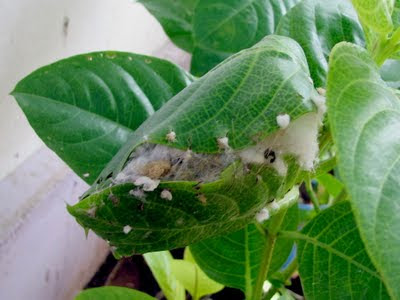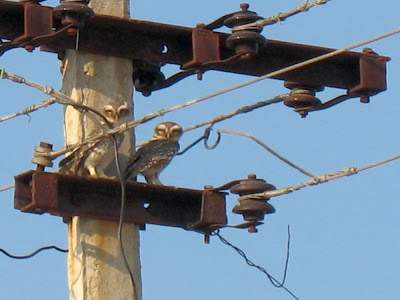An article of May 12th in the Tamil Nadu State Press, announced that six bird sanctuaries are to be developed across Tamil Nadu to promote eco-tourism.
“The State Tourism Department has sanctioned 191 Lakh to the Forest Department to develop six bird sanctuaries across the State to promote tourism.
“Bird watching is one of the most sought-after tourism activity and there has been an increasing preference among urbanites to take it up as a hobby to counter stress.
The Department has identified six bird sanctuaries to be developed to promote tourism in a big way,” a senior official said.
Every year a large number of migratory birds flock to Tamil Nadu to breed. Flamingos, Little Cormorants, Grey Herons, Large Egrets, Open-billed Storks, Spoonbills and Painted Storks are some of the State’s winged visitors.
According to sources, the Tourism Director has recommended the bird sanctuaries at Vedanthangal, Karikil, Pulicat, Koonthankulam, Mela Selvanoor and Keela Selvanoor and Chitrangudi for development.
Accordingly, about 191.02 Lakh has been sanctioned to the Forest Department. The six sanctuaries have been selected after a proposal was submitted to the Tourism Department by the Principal Chief Conservator of Forest and Chief Wildlife Warden, seeking funds to develop 19 bird sanctuaries at an outlay of 979.91 Lakh.
This is on the of the eco-friendly ways to promote tourism, the official said.
*************
Its excellent news that the State Government is promoting eco-tourism and that officials are beginning to understand that conservation can go hand in hand with financial development.
In this respect lets hope that the new State Government will look benignly upon Tiruvannamalai as an ideal location in which to develop a bird sanctuary on the Samudram Erie, instead of allowing the ongoing degradation of the Erie which is being currently treated by developers using the area as a personal sand quarry resource.



















































